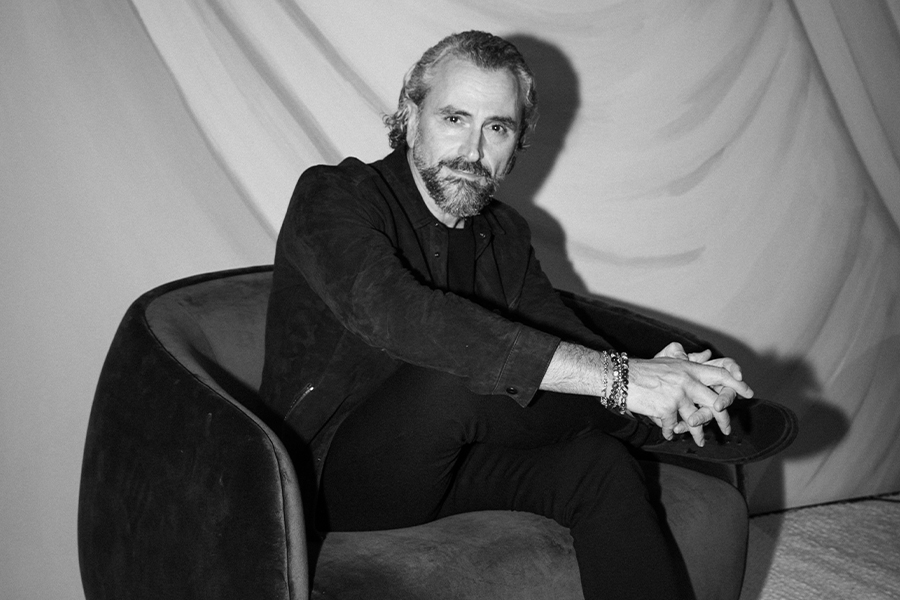Focused on the design of places that help people thrive, Toronto-based Tye Farrow has introduced the Cause Health movement to raise expectations for design as the basis for total health. His wellness-focused work has garnered multiple awards, and he is recognized as a global leader in the space, thanks to projects such as the Credit Valley Hospital in Ontario and Canada’s Thunder Bay Regional Health Sciences Center, which are setting new standards for healthcare design.
Design’s impact on our health
Every aspect of design affects our health, Farrow says. Workers, for example, are increasingly aware of their relationship with the built environment. Space isn’t neutral, he says. “It’s like rocket fuel; it’s an accelerator that has the ability to either be healthy or [negatively impact our] ability to think, act, interact, and collaborate within our communities.” Farrow’s goal is to constantly explore the relationship between design and health in his projects. “What we build has a relationship to the natural environment. To some degree, [it’s now] a standard of care and infused in the ways we think.”
The Cause Health movement
Farrow looks at architecture in the same vein as food. Both, he says, serve similar functions to “nourish and enhance everything from our physical to mental health.” Beyond what’s tangible, there’s a spiritual aspect to the movement. Where we live shouldn’t “suck the life out of us,” he says. “We look at the types of environments we put people in on a daily basis and we try and get performance out of them. [We don’t want] these environments to be seen as empty calories.”
Biophilia’s evolving role
While the concept of biophilic design is nothing new, the scientific evidence is starting to back up its influence on the human condition. Something as simple as the quality of light, he says, can have a positive effect on performance. A study of 2,000 classrooms examined 20,000 students and found that the students performed 20 percent better in math and 25 percent better in reading with a good quality of daylight. “If I go into your business and say, ‘I can increase your productivity with the elements of design by 25 percent,’ that’s massive, especially as it’s focused around identifying the elements that allow us to thrive.”
Photography and renderings courtesy of Tye Farrow


